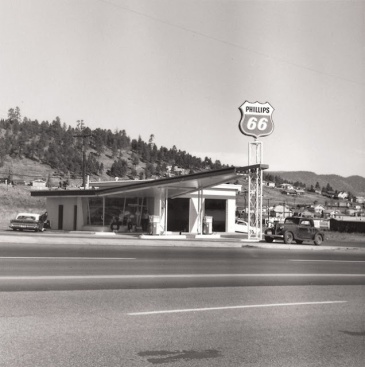I’ve been thinking about Project 2 Exercise and been reading a lot of poetry. At first I was looking at poems which prompted a visual response. I think this was a mistake. I began instead to look for poems with strong concepts that appealed to my imagination. My choice has come down to these six.
1. He Wishes for the Cloths of Heaven
Had I the heavens’ embroidered cloths,
Enwrought with golden and silver light,
The blue and the dim and the dark cloths
Of night and light and the half light,
I would spread the cloths under your feet:
But I, being poor, have only my dreams;
I have spread my dreams under your feet;
Tread softly because you tread on my dreams.
W.B. Yeats
2. The Sick Rose
O rose, thou art sick!
The invisible worm,
That flies in the night,
In the howling storm,
Has found out thy bed
Of crimson joy,
And his dark secret love
Does thy life destroy.
William Blake
3. The Clod and the Pebble
‘Love seeketh not itself to please,
Nor for itself hath any care,
But for another gives its ease,
And builds a heaven in hell’s despair.’
So sung a little clod of clay,
Trodden with the cattle’s feet,
But a pebble of the brook
Warbled out these metres meet:
‘Love seeketh only Self to please,
To bind another to its delight,
Joys in another’s loss of ease,
And builds a hell in heaven’s despite.’
William Blake
4. Ozymandias
I met a traveller from an antique land
Who said: “Two vast and trunkless legs of stone
Stand in the desert. Near them on the sand,
Half sunk, a shattered visage lies, whose frown
And wrinkled lip and sneer of cold command
Tell that its sculptor well those passions read
Which yet survive, stamped on these lifeless things,
The hand that mocked them and the heart that fed.
And on the pedestal these words appear:
`My name is Ozymandias, King of Kings:
Look on my works, ye mighty, and despair!’
Nothing beside remains. Round the decay
Of that colossal wreck, boundless and bare,
The lone and level sands stretch far away”.
Percy Bysshe Shelley
5. The Rose that Grew from Concrete
Did you hear about the rose that grew
from a crack in the concrete?
Proving nature’s law is wrong
it learned to walk without having feet.
Funny it seems, but by keeping its dreams,
it learned to breathe fresh air.
Long live the rose that grew from concrete
when no one else ever cared.
Tupac Shakur
6. Shadows
“All shadows of clouds the sun cannot hide
like the moon cannot stop oceanic tide;
but a hidden star can still be smiling
at night’s black spell on darkness, beguiling”
Munia Khan
Each poem contains a sense of bleakness … “But I, being poor, have only my dreams”.
”his dark secret love does thy life destroy”, “builds a hell in heaven’s despite”, “the lone and level sands”, “no one else ever cared”, “night’s black spell”.
Each one contains a sensual image … “you tread on my dreams”, “thy bed of crimson joy”, “trodden with the cattle’s feet”, “the hand that mocked them”, “it learned to walk without having feet”, “a hidden star can still be smiling”.
He wishes for the Cloths of Heaven is a poem about poetry … “Had I the heavens’ embroidered cloths”, as is The Rose that Grew from Concrete.
Each one contains powerful visual images but I want my photographs to respond to the concepts rather than taking a literal approach. At the moment I can imagine images for The Sick Rose and the Rose that Grew from Concrete without using a picture of a rose or concrete. These images from my archive spring to mind but I will make new images for this exercise when I make my final choice of poem.

I made this image of a Kindle and glasses to concentrate on the idea of poems being read and then considered. The Kindle stands in for the act of reading and the glasses for the time after reading. The blue cast is to suggest something artificial and contrived. It distances my feelings from those I read into the poems. The poets’ thoughts are not mine. I don’t want these authors, in Roland Barthe’s terms, to be dead. I don’t want to impose myself on their thoughts but to try to see and understand what they saw and thought.
kindle-and-glasses contact sheet




































 Murcia. Hotel El Carmen
Murcia. Hotel El Carmen